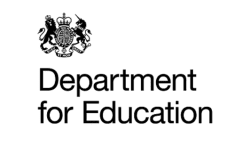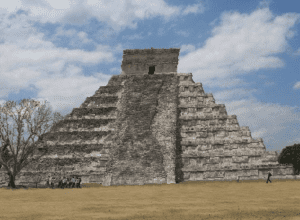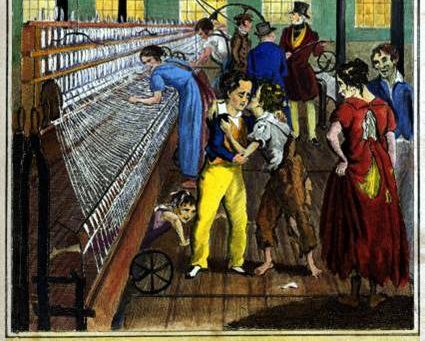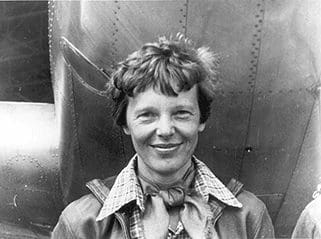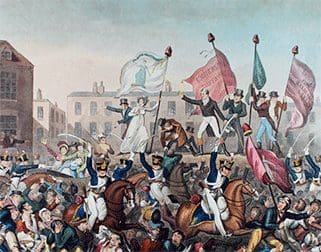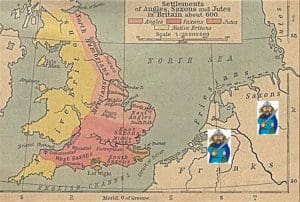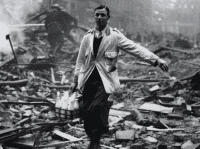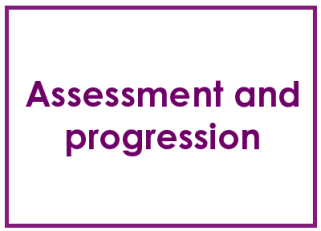
Getting your enquiry questions right at KS1
On the Historical Association website is a scheme of work on George Stephenson as a famous person , a significant figure who helped to pioneer the growth of the railways. As you can see from how the topic is planned on their site ( shown below) it is very conventionally organised, starting with vocabulary and timeline etc and only at lesson 9 is there an enquiry question.
- Lesson 1: Chronology and Vocabulary
- Lesson 2: Using chronological vocabulary with a timeline
- Lesson 3: Who was George Stephenson?
- Lesson 4: When was George Stephenson alive?
- Lesson 5: What did George Stephenson do?
- Lesson 6: Stephenson’s Rocket
- Lesson 7: Changes in railways and trains
- Lesson 8: Stephenson’s impact locally and nationally
- Lesson 9: Enquiry – Was George Stephenson all that significant?
This is not to criticise the HA’s planner but to question whether all sessions should be enquiry led so that vocabulary and timeline issues emerge in a context once pupils’ imagination has been fired and they are genuinely interested in investigating specific questions. You will see that all planners on the site steer clear of closed questions and instead invite pupils to form an opinion on more perplexing questions than when was he alive? and what did he do?
So wherever possible find an angle, pose a question that pupils genuinely can’t answer with a simple one or two word answer. You’ll notice on the site that when we look at causes of the Great Fire the question we ask is: Why did the Great Fire burn down so many more houses than all the other fires at that time? So the pupils can’t just say because the houses were made of wood etc. they have to really think what was exceptional at that time. In that way they explain and not simply list and genuinely make their own meaning not parrot back a set of agreed responses.

